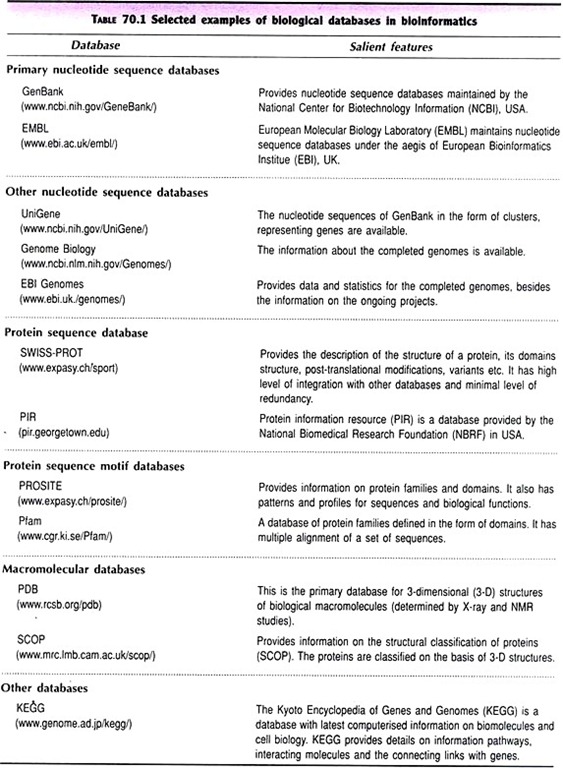Part C - How Does Animal Bioenergetics Help Explain The Net Production Pyramid?
In the report of physiology and biochemistry, cells are frequently thought of as tiny machines in which all events may be explained in terms of either chemical reactions, fluid dynamics, electrical fluxes across partitions, or the assimilation or emission of calorie-free.
In other words, cellular activities, regardless of their level of complexity, are ultimately founded on the known laws of physics and chemistry.
Those laws of physics and chemistry those are fundamental to an understanding of cellular activities, particularly the production and consumption of energy during cell metabolism.
Free energy and Metabolism :
The metabolism of a cell is characterized by a myriad of chemic reactions in which energy is either consumed produced, or transduced (i.e., converted) from one form into another. Metabolism tin be subdivided into two broad categories: catabolism and anabolism.
During catabolic reactions (or reaction sequences), molecules are broken down by the cell into simpler forms; whereas during anabolism, complex molecules are formed from simpler ones. The catabolic and anabolic reactions that continue in cells are accompanied by energy changes and it is the study of these changes that constitutes the field of bioenergetics.
Consider, for example, an anabolic process such as the synthesis of new membranes inside the cell. Such biosynthesis requires (consumes) free energy, and this energy must ultimately exist obtained from the cell'south environment in some grade. Within the jail cell, the free energy (possibly in a new form) is consumed to "bulldoze" the cell's membrane-synthesizing processes.
Whole organisms and individual cells may be assigned to different groups co-ordinate to the nature of the materials that they must acquire from their surround in order to support their metabolic needs. Almost found cells (i.east., those that contain chlorophyll) and many different kinds of bacteria require merely CO2, H2O (or H2Due south), unproblematic nitrogen-containing compounds like NH3, and trace mineral elements from their environment in order to fulfill their minimum metabolic needs.
These cells or organisms are chosen autotrophs. With the exception of trace amounts of certain vitamins, they tin can alive and abound in the complete absenteeism of an exogenous supply of organic materials. (Indeed, well-nigh autotrophs do not fifty-fifty need an external source of vitamins.) When an autotroph can utilise light equally a source of energy, it is chosen a photoautotroph. Other autotrophs can obtain their energy from the oxidation of inorganic substances such as ammonium ions (i.e., NH4 +), ferrous iron (i.e., Fe2 +), or elemental sulfur (South). This kind of autotroph is called a chemoautotroph (see Table 9-1 for examples).

All fauna cells (and certain plant cells and well-nigh bacteria) depend on an external source of organic compounds and specific vitamins for their metabolism and are therefore chosen heterotrophs. Some heterotrophs (e.one thousand., a few algae and bacteria) tin can besides use light every bit an free energy source and are chosen photo heterotrophs. However, most heterotrophs crave organic compounds both as a source of energy and every bit raw materials for the synthesis of intracellular components; such heterotrophs are chosen chemo heterotrophs (Table ix-ane). Energy that is derived by the catabolism of organic materials is used to run across anabolic needs.
The main sources of energy and raw materials for heterotrophic metabolism are polysaccharides, lipids, and proteins. Organisms that remove these macromolecules from their environment suspension them down in the successive catabolic stages of metabolism.
Every bit these compounds are chemically degraded, the chemical energy that is inherent in their molecular structure is both released in the grade of estrus and used to create the bonds that form new molecules, as in the attachment of free (inorganic) phosphate to ADP to course ATP (Fig. 9-i). The ultimate primary products of catabolism are NH3, COtwo, and H2O.

Although autotrophic organisms can use COtwo, HtwoO and small nitrogenous compounds from their environment, these small compounds practice non past themselves contain plenty extractable chemic energy to sustain the organisms. Consequently, autotrophs likewise absorb energy in the class of light and, using the calorie-free energy, they synthesize simple organic acids from COii and water (i.eastward., photosynthesis), phosphorylate ADP to form ATP, and synthesize amino acids from the organic acids using incorporated NHiii (a process chosen animation).
Drawing from the puddle of ATP as a source of chemical energy, and using these simpler molecules, cells then synthesize complex molecules such as proteins, polysaccharides, nucleic acids, and lipids (Fig. 9-two). All these metabolic activities are accompanied by the loss of some unusable chemical energy as heat.

Autotrophic organisms non only possess the enzymes for the anabolic processes just described only, like heterotrophs, they also have catabolic enzyme systems. Consequently, autotrophs tin produce ATP past breaking down polysaccharides, lipids, and proteins.
Like autotrophs, heterotrophs have ATP-dependent anabolic enzyme systems that synthesize macromolecules, merely most heterotrophs are unable to carry out photosynthesis. Compounds are cycled within cells and besides between cells and between whole organisms as depicted in Figure 9-iii. Each transition is accompanied by a specific energy change.
Source: https://www.biologydiscussion.com/biology/bioenergetics-energy-and-metabolism-with-diagram/3353
Posted by: levittaphism.blogspot.com

0 Response to "Part C - How Does Animal Bioenergetics Help Explain The Net Production Pyramid?"
Post a Comment